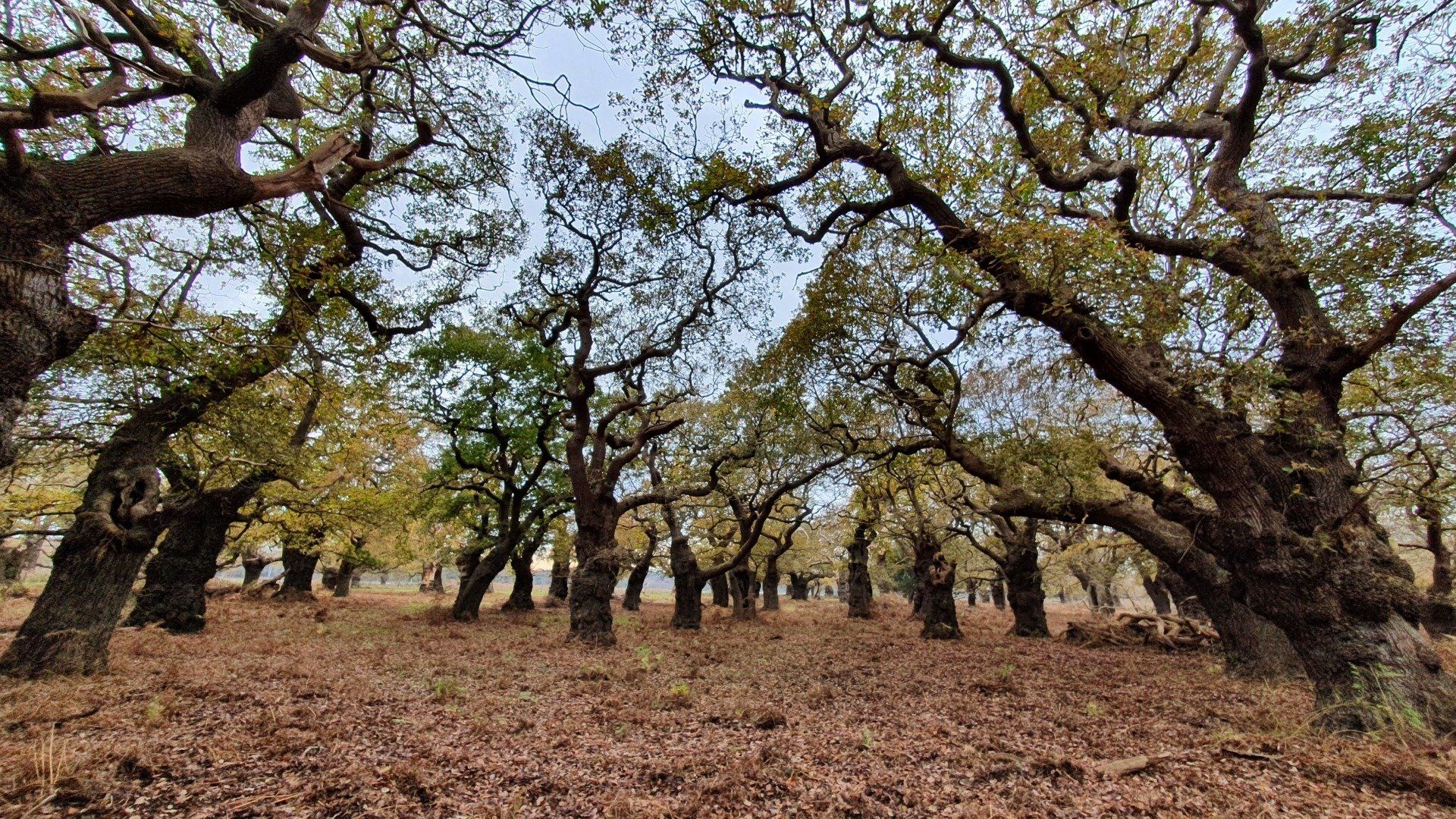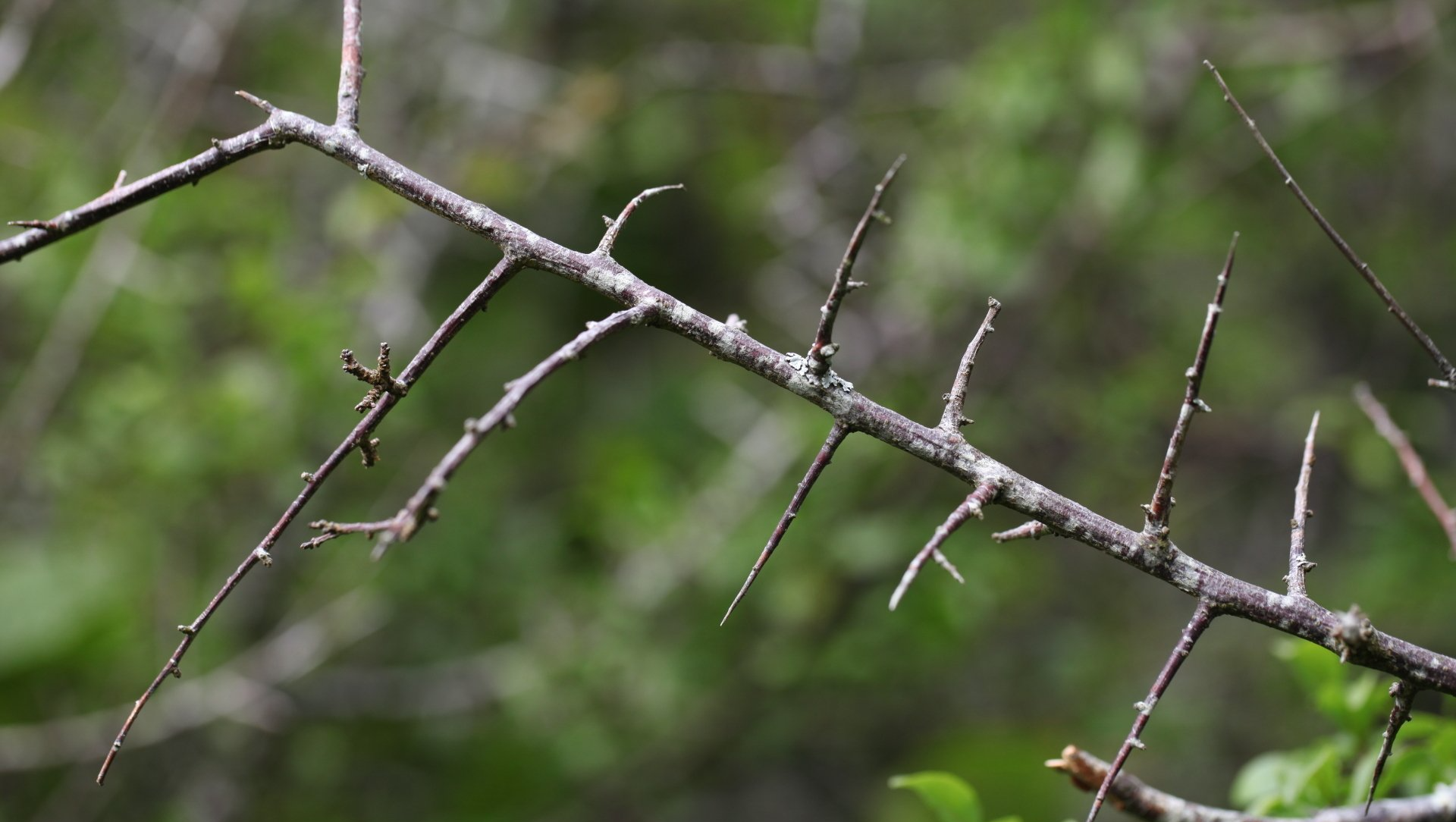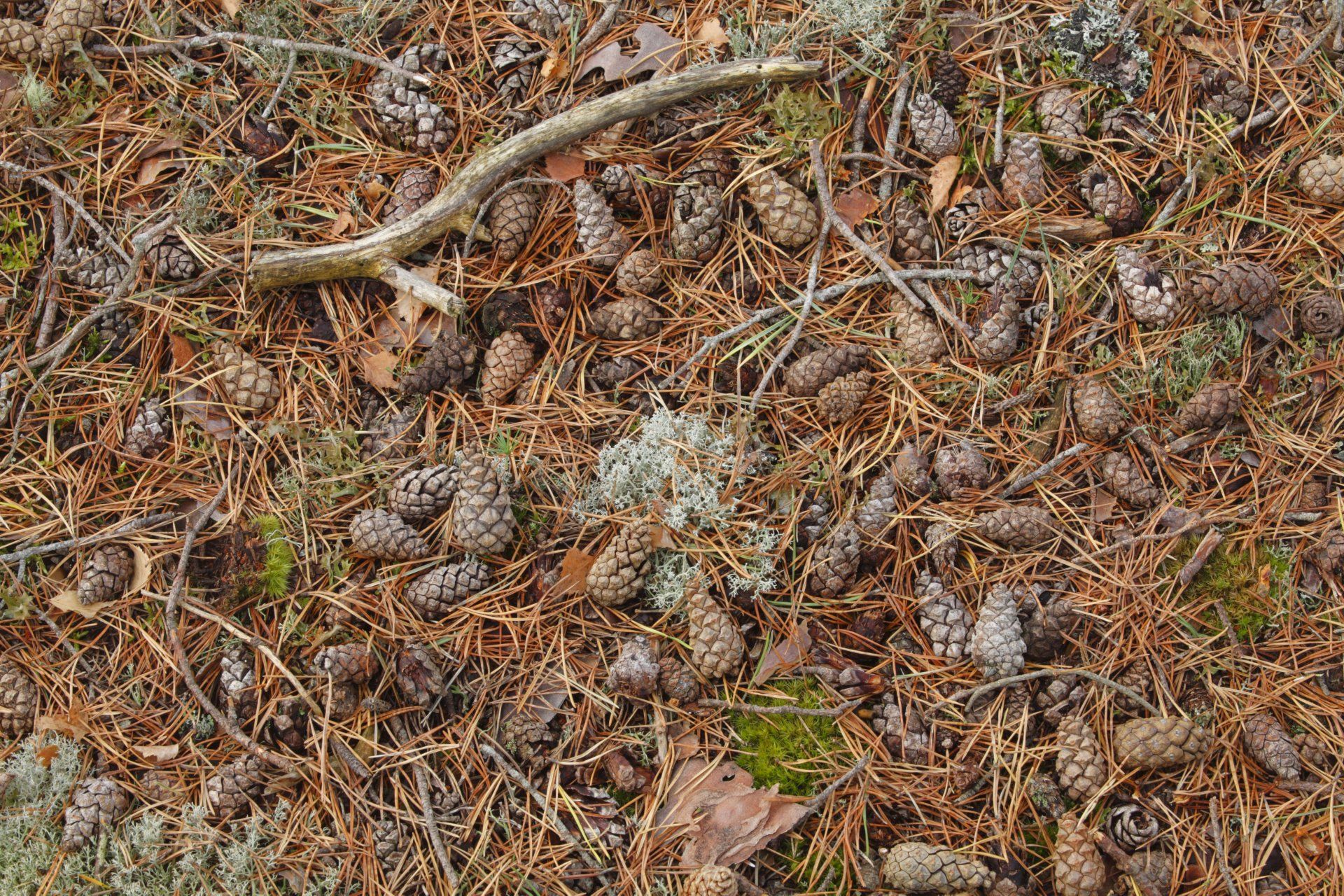Trees - Founder Opinion Piece
Trees, forests, scrub and hedgerows provide vital sources of habitat, food and shelter for an extraordinary array of wildlife.
The problem is we don't have nearly enough of it here in the East.
Hugh Somerleyton is one of WildEast's Founders and argues we must strive for a wetter, wilder and woodier landscape for the benefit of all.

Where we were - where we are - where we need to get to
Until the 1980’s anyway, we lived in a ‘Robin Hood’ fantasy of how old England looked. A dense tangle of ancient and impenetrable forest smothered our Sceptred Isle. In its midst was Sherwood Forest, the Oak heart of England, of Robin Hood, and where you can find some of the very few truly ancient oaks in England. To an extent this was true, as it was of the Eurasian landmass we once belonged to. Dr Frans Vera the famed Dutch ecologist whose thinking helped popularise the term ‘re-wilding’ helped debunked this theory from the 1970’s onwards, pioneering the notion that the landscape was in fact a mosaic of habitats.
The Eurasian landmass was formed by the changing climate but critically also by the trophic cascade of animals that once roamed free (including us!). The mighty Auroch, European Bison, bears, Lynx, mammoths and so much more. These were either hunted to extinction, or to the point that they no longer had any impact on the environment.
The important role of old-world trees
For far too long now only us humans have had any significant impact on the environment, and almost without exception this has been catastrophic. Perhaps the most visual representation of our impact is the loss of trees, especially old-world trees. This distinction is important; old world trees – the veterans – and the unique biosphere they create are incredibly rich. The Amazon jungle and the boreal forest wrapping around the artic circle account for almost all that is left of veteran forests, but the combined threats of demand for agricultural land and global warming are putting enormous pressure on these last strongholds. Sherwood Forest covered 20,000 acres at the time of the Domesday record; today it is barely 1000 acres. This statistic goes to the heart of humans not being able ‘to see the wood from the trees.’

In the UK it was a mixed picture. Here in the East, the flat landscape which proved excellent for farming, has been largely deforested for thousands of years. Wales and much of the West Country was almost entirely ancient oak forests until the middle ages, Scotland largely Caledonian forest, and speaking of Robin Hood – the heart of England was also largely covered in dense oak too. Today England has just 8.7% tree cover and out in the WildEast just 7.3% (the European average is a whopping 37%!) and only 2.5% of that is made up from ancient trees or woods. This is commensurate, with most areas of the globe the US being around 4%, Europe around 3% old growth trees.
So why are old growth trees so important?
The easiest way to explain this is to think of our own civilisation. Frustrating, noisy and chaotic though some of our ancient cities may be, they teem with life and beauty and support a delicate ecosystem, albeit a human one for the most part. Whether you are walking around a souk in Arabia or hit the city of London at 8am, these places are dynamic, thriving places full of chaotic energy on which humanity thrives.
'Nature’ as we have come to call it (as if we are no longer part of it) is exactly the same and these old growth forests have developed over thousands of years (much longer in fact than our civilisations). If you drive through Scotland and check out any commercial forestry block stuck on the side of a hill, often single species, they look completely out of place right, much like a modern housing development stuck on the edge of a town without much thought. All the houses the same.

Our vision for the future
WildEast’s call to arms is to restore 20% of our region to the wild over 50 years. To do this society has to first wean itself off our planet killing diet. 80% of our region is given over to intensive agriculture and a whopping 60% of that grows meat or food for meat to feed our addiction. It is a vicious spiral fuelled by food marketing and industrial agriculture. It's killing the Planet, killing us, and when you look at it up close, it's a grizzly and abhorrent business. Especially as we are now more and more aware of the intelligence and sentience of all the animals we farm for meat. We have perhaps become ‘too human,’ and so have entirely lost sight of the fact that we are a part of a delicate eco-system, on which all life depends.
WildEast is working on an ambitious ‘future landscape vision’ that is shamelessly idealistic. WE believe we all now have a higher cause and that we must work as one landscape-scale recovery project. This plan looks to restore around 5% of the Wild East’s ‘20% for nature’ to trees, and the best way to do this is as contiguously as possible.
When we launched the WildEast Map of Dreams (re-launching in glorious technicolour in APRIL 2022) we didn’t fully appreciate how extensive the nature-based dreams are of people living in the region. It has been liberating and fulfilling to realise that WildEast's MOD is at its simplest, a host platform for other peoples hopes and aspirations.

We have unearthed all sorts of people and organisations wanting to map their dreams. Mike Wadham from Essex and Fraser Bradbury from Norfolk both dream of re-connecting the last fragments of ancient woodland in our region along historic lines. We know we need to plant trees to draw down and store carbon, but imagine for a second if we could move under this canopy, from the Wash to Epping forest, and not just us people! Red Squirrels, Pine Marten, Bugs, Beetles, Butterflies and Bison!
This might sound far-fetched, it is after all Map of DREAMS! But really it isn’t, we all have a ‘debt to nature’ and 20% is the magic number we need to ‘give back’. We need to do this as contiguously as possible. Thirty years of conservation efforts and hundreds of millions of pounds have taught us that fragmented conservation simply doesn’t work. We HAVE to work together to form landscape-scale recovery or we will fail again. This is what WildEast is all about, celebrating the good we are all doing in different ways, and trying to ensure we do it together.
So, if you are considering planting trees or woods, look at an old map first and see if you cant find some fragments of ancient woodland to re-connect, talk to your neighbours and see if you cant make it into something much bigger, and help WildEast grow its woodland by 5% to a respectable 12% to help store carbon, restore nature, enrich lives and re-live the spirit of Robin Hood!
WildEast Blog

Powered by LocaliQ
Follow Us
SIGN UP FOR NEWS & UPDATES
Newsletter Sign Up
Thank you for signing up to our newsletter.
Please try again later.
Privacy / Terms & Conditions / Sitemap
